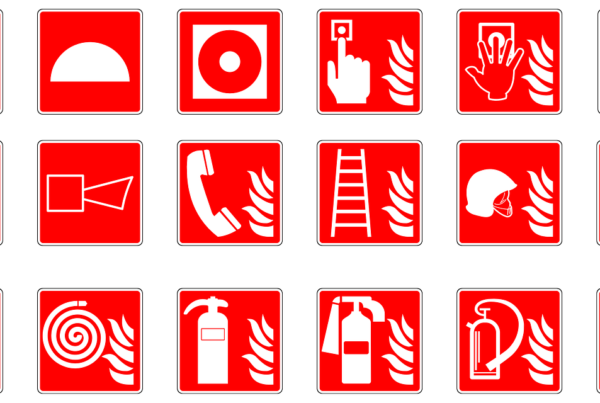Emergency lights and exit signs play a critical role in guiding individuals to safety during emergencies such as fires or power outages. Ensuring their functionality and compliance with safety standards is paramount to safeguarding occupants. This article delves into the importance of safety compliance and how CYBIL CONSULTS specializes in expert condition reporting to ensure adherence to AS 2293.2 standards.
Introduction to Expert Emergency Lighting and Exit Signs
Emergency lighting and exit signs are essential safety features installed in buildings to provide illumination and guidance during emergencies. They serve as crucial aids in directing individuals towards exits and escape routes.
Importance of Safety Compliance
Adhering to safety compliance standards is vital to mitigate risks and ensure the well-being of occupants. Non-compliance can lead to severe consequences, including increased hazards during emergencies and legal liabilities for building owners.
Understanding AS 2293 Standards
AS 2293 is a set of Australian standards governing the installation, testing, and maintenance of emergency lighting and exit signs. It outlines specific requirements to guarantee their effectiveness and reliability during critical situations.
Cybil Consults: Experts in Condition Reporting
Cybil Consults excels in conducting thorough condition reporting of emergency lighting and exit signs, ensuring compliance with AS 2293.2.
Thorough Assessments
Cybil Consults conducts meticulous assessments, examining every aspect of Expert Emergency Lighting and exit signs to identify any defects; critical or non-critical including non-conformities.
Compliance with AS 2293.2
Cybil Consults ensures strict adherence to AS 2293.2 standards, guaranteeing that all installations and maintenance procedures meet regulatory requirements on six monthly, yearly and 5 yearly bases.
Benefits of Expert Condition Reporting
Expert condition reporting offers numerous benefits, including:
- Assurance of compliance with regulatory standards
- Prolonged lifespan of emergency lighting and exit signs
- Generation of baseline data, if the baseline data is not available.
The Process of Condition Reporting
The condition reporting process involves:
- Visual inspection to assess the physical condition of lights and signs.
- Functional testing to ensure proper operation and illumination.
- Documentation of findings and recommendations for corrective action.
- Scheduling regular maintenance to address any identified issues promptly.
Common Issues Detected
During condition reporting, common issues may include:
- Faulty batteries or power sources
- Damaged bulbs or LEDs
- Wiring deficiencies or malfunctions
- Physical damage to fixtures
- Inadequate coverage or visibility of signage
Importance of Regular Maintenance
Regular maintenance is crucial to uphold the reliability and effectiveness of Expert Emergency Lighting and exit signs. By conducting routine inspections and addressing issues promptly, building owners can ensure the safety of occupants in emergencies.
Additional Safety Measures
In addition to maintaining luminaires, implementing other safety measures can further enhance preparedness and response during emergencies:
- Conducting regular fire drills to practice evacuation procedures.
- Keeping emergency exits clear and accessible at all times.
- Providing training to occupants on emergency procedures and the location of safety features.
Conclusion
In conclusion, expert condition reporting of lights is essential to ensure safety compliance and readiness for emergencies. Cybil Consults’ dedication to meticulous assessments and adherence to AS 2293 standards reinforces the reliability of these critical safety features.






